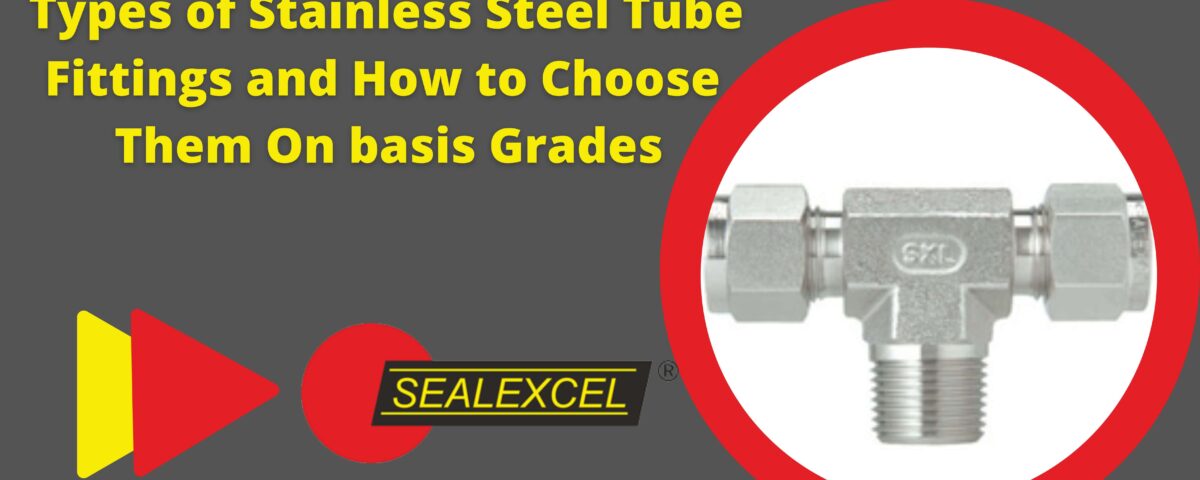
Get To Know About Instrumentation Pipe and Valve Fittings and Their Safety Recommendations
August 3, 2022
Simplest and Easy Ways to Repair Instrument Pipe Fittings
August 3, 2022Stainless steel is a type of metal alloy made from steel and chromium. Stainless steel is made by mixing steel with other things like chromium, molybdenum, copper, silicon, carbon, and aluminium. Stainless steels are robust against corrosion, have much power, and are easy to work with. They will quickly meet many design criteria, such as low maintenance, long life, and the ability to hold much weight. Because it can be milled into sheets, coils, bars, wires, plates, tubes, and pipes, stainless steel has an advantage.
On the market, you can find a lot of stainless steel tubes and fittings. These are sold based on their use and the type of user. Different kinds of stainless steel are used for pipes. After carbon steel, stainless steel is the most common material used in process industries. This is because it is very resistant to corrosion. Nearly all of the stainless steel pipes on the market are iron-based alloys with at least 10.5% chromium.
When chromium is used, a self-healing or protective oxide layer forms on the alloy. Different grades of stainless steel pipe come in various strengths. The strength stays about the same in quiet places compared to the medium power. The more robust austenitic steel can be stretched and bent very well.
Types of Stainless Steel Pipes
Pressure Pipes and Tubes
The stainless steel tube and fittings are made to stand up to high temperatures and pressure. They are made with a wide diameter and can be welded to meet different needs and requirements. These cylinders are made of austenitic and ferritic steel called nickel-chromium mix or solid chromium mix. Both parts work together to give pipes more resistance.
Mechanical Tubes and Pipes
Stainless steel mechanical tubing is used for valves, gears, and other hollow-shaped parts. In addition to the more common circular cross-section, tubing can be changed to have square and rectangular cross-sections, among others. Most mechanical tubing is made from ASTM A511 and A554 grades.
Stainless Steel Aircraft Tubing
Because it can withstand heat and corrosion, stainless steel made from chromium and nickel is used in specific aircraft parts. Stainless steel aircraft tubing can be work-hardened or welded for high-strength installations. Still, work-hardened sections can’t be used with other corrosive substances.
Hydraulic-line tubing for aircraft
Hydraulic-line tubing is another type of aircraft tubing. It is used for fuel-injection lines and hydraulic systems in aerospace and tends to be thin. It is usually made from stainless steel forms 304 or 304 L because they are strong, don’t rust, and are easy to shape.
Stainless steel corrosion-resistance tubing
This general type of steel is excellent for projects that need to be resistant more than anything else. Forms of ferritic or martensitic steel are made to be either heated or softened. Austenitic stainless steels are even more potent than ferritic and martensite steels and can be used in most situations.
Stainless Steel Sanitary Tubing
Cleanliness is a top priority in installations where stainless steel tubes and fittings may come into contact with food or other sensitive materials. Stainless steel sanitary tubing is used in these situations because it does not rust, tarnish, or get dirty quickly. Different applications can understand different tolerances.



